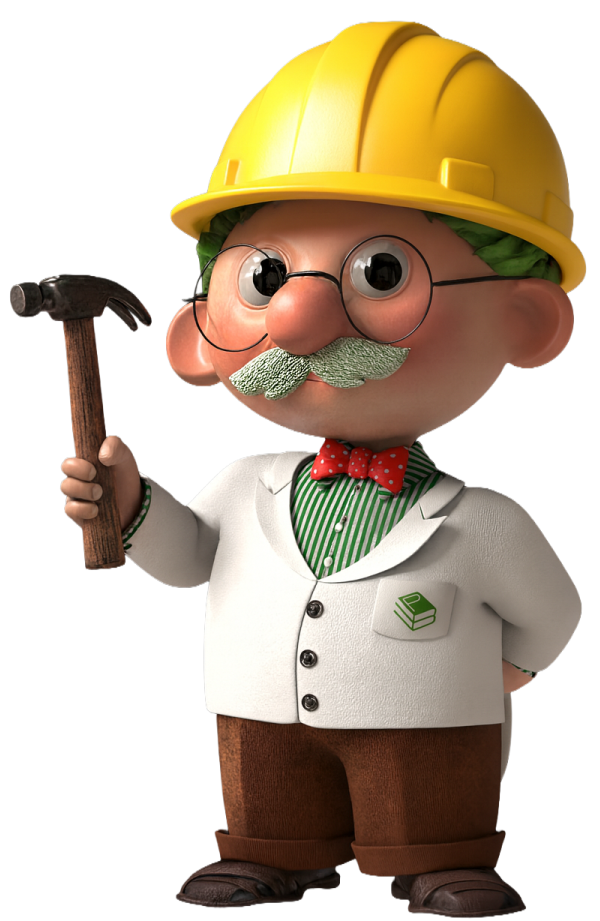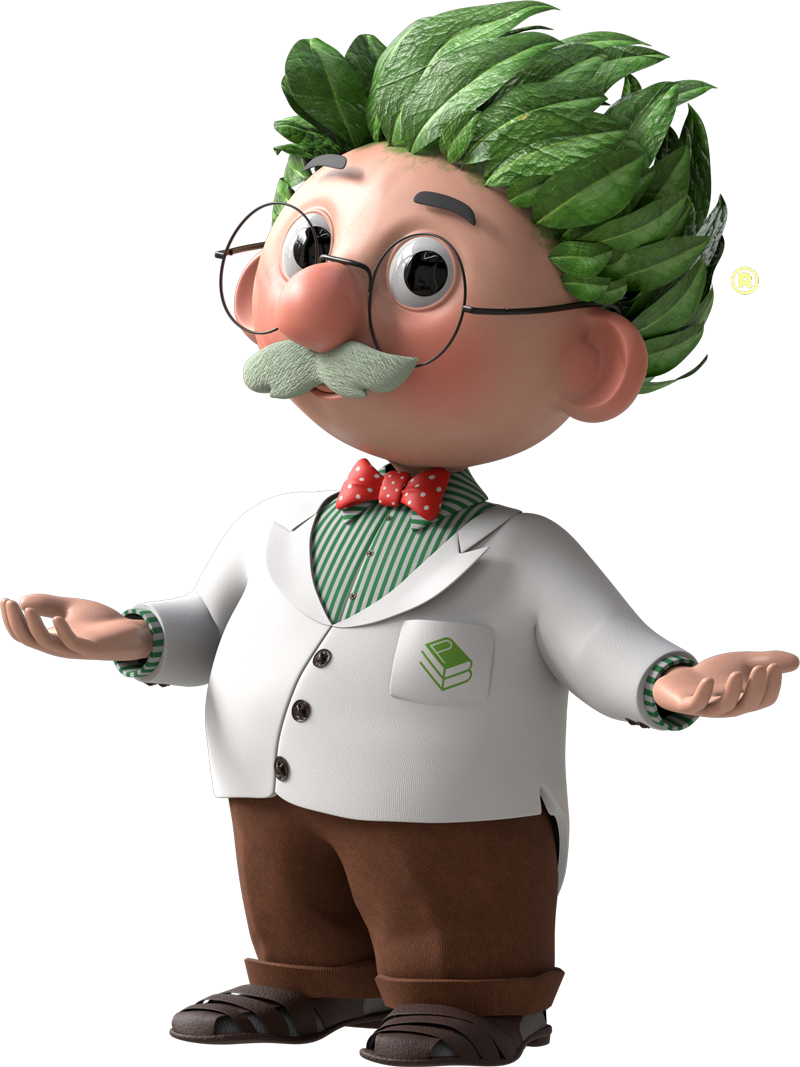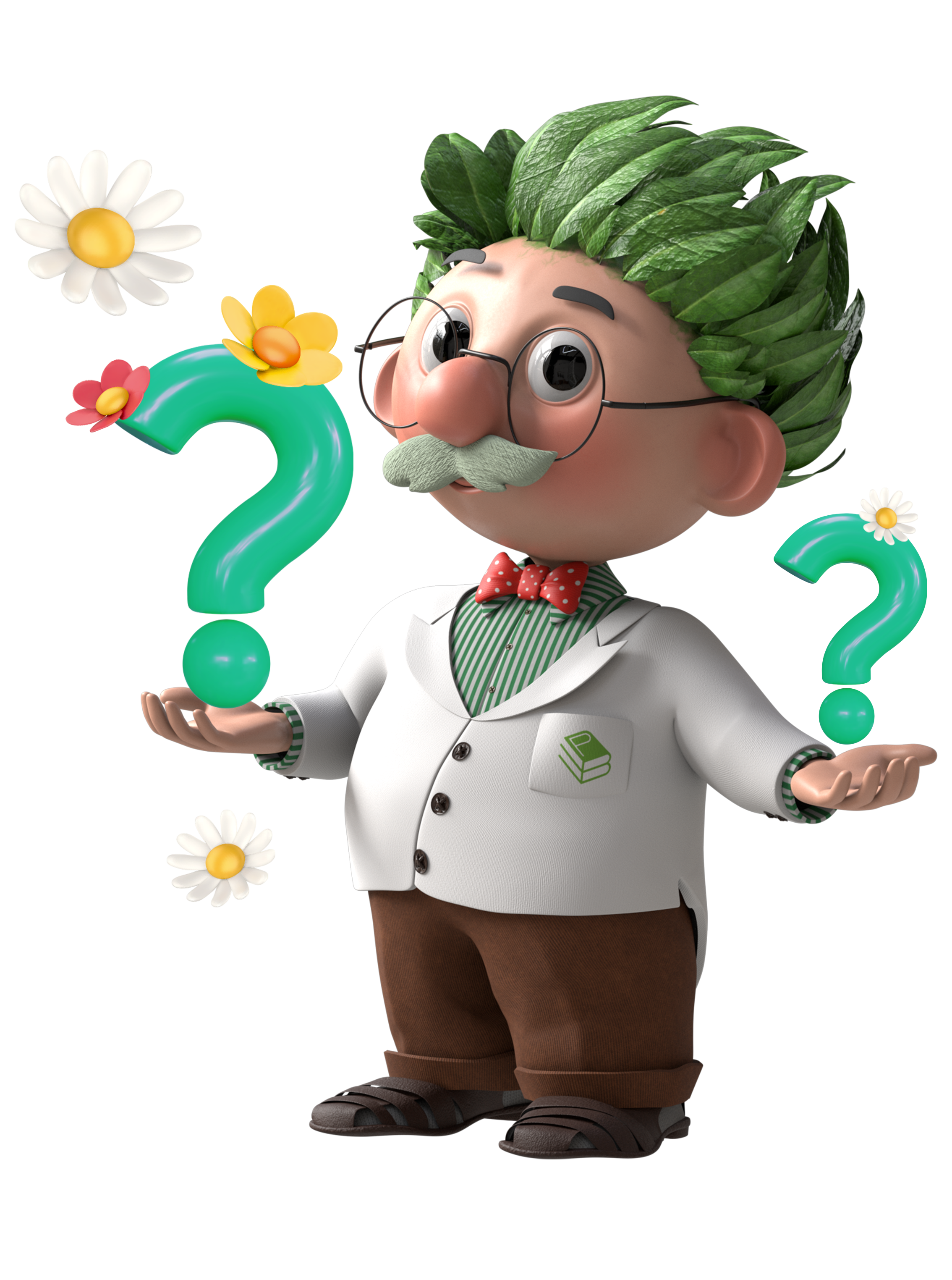Playstore
We are currently working behind the scenes on new developments and a major update for Plantbeeb.



Don't worry, we make it easy for you to create an account. With an account you can save your scanned products in your own library. Log in or create an account!
My Beeb is a list where you can store all the plants you own. This way you have all the handy care tips easily at hand!


This feature is only available in the Plantbeeb app. Download the app using the buttons below:
We are currently working behind the scenes on new developments and a major update for Plantbeeb.

